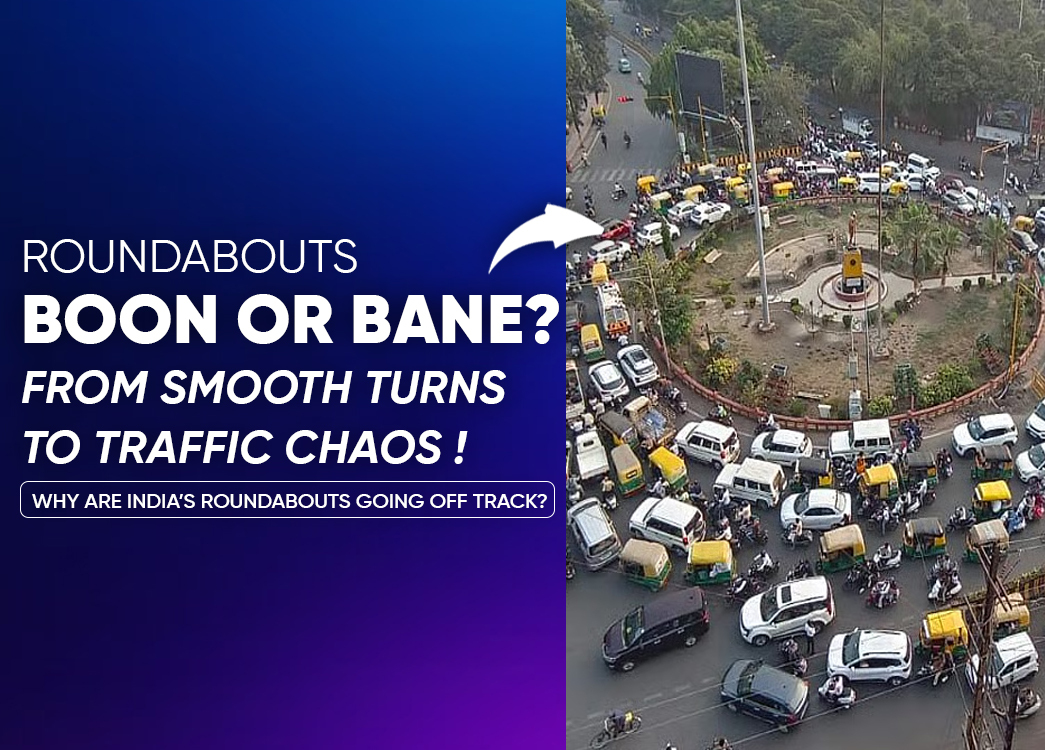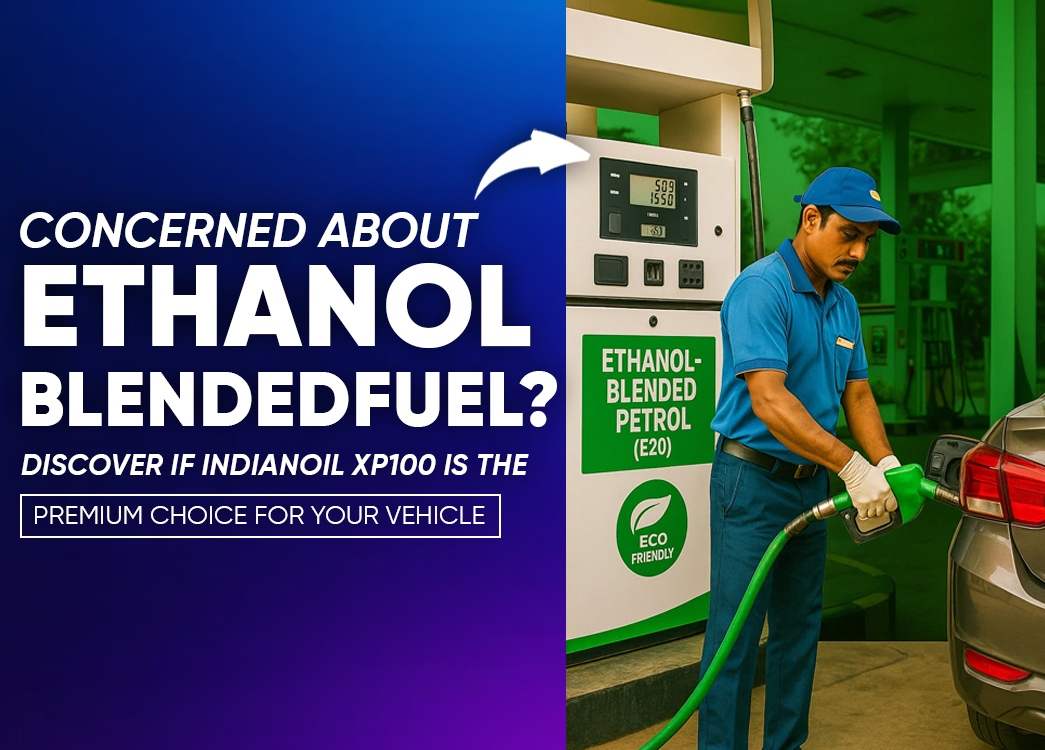
By creckk On 07-08-2025 at 5:37 am
Spinning into the Future: Are Roundabouts Really Improving India’s Commute?
Introduction: Roundabouts - A Smooth Idea Going Off Track?
Roundabouts were introduced to ease traffic flow and reduce collision points. In theory, they promote smoother movement compared to traffic signals. But in many Indian cities, especially Delhi, the situation is far from ideal. Once seen as a solution, roundabouts are now often a source of confusion and congestion.
From “Boon” to Bane: The Capacity Crisis
Experts say roundabouts work well only until daily traffic crosses around 4,500 to 5,000 vehicles. Beyond that, their capacity breaks down. Dr. P.K. Sarkar, a leading transport expert, explains that when volumes exceed this limit, the roundabout creates bottlenecks instead of eliminating them.
Delhi’s vehicle population reflects this crisis. A 64% rise in vehicle registrations was recorded in 2015-16, and 9 lakh vehicles were added in 2017 alone. Once-effective circles like those at Dhaula Kuan, Connaught Place, and Parliament now struggle to manage the load.
Mixed Traffic, Lane Issues and the Indian Reality
Unlike countries like the UK, where mini-roundabouts handle traffic with discipline, India faces a different challenge. Two-wheelers, auto-rickshaws, and large vehicles weave unpredictably. Lack of lane discipline, improper entry/exit angles, and limited signage further worsen the situation.
“Even a small rise in traffic causes a ‘locking effect,’” says Sarkar. This happens when cars lose safe following distance, increasing the risk of crashes and stalling flow completely.
Research Speaks: Safety Performance Factors
A study across 19 roundabouts in Kerala and Maharashtra (2015–2019) identified key problems:
- High number of two-wheelers and heavy vehicles
- Complex or sharp entry angles
- Too much weaving space inside the circle
These factors were directly linked to more accidents. On the flip side, larger diameters, clear lane markings, and better signage showed significant improvements in safety.
Design Matters: What Makes a Roundabout Work?
According to experts, a functional roundabout must include:
- Minimum diameter of 30 metres
- Entry/exit angles close to 90 degrees
- Proper signage well in advance
- Dedicated pedestrian and cyclist crossings
Sadly, most Indian roundabouts fail on at least one of these counts.
The Origin: A Colonial Concept
The idea of roundabouts in Delhi dates back to Lord Hardinge, who proposed them to replace a rigid New York-style grid layout. The goal was to reduce dust storms and make movement more fluid in Lutyens’ Delhi.
Solutions: What Can Be Done?
Dr. Sarkar suggests some circles be converted into signalled intersections for better control. Stronger traffic enforcement and improved designs tailored to India’s mixed-traffic reality are also critical. Ultimately, urban planning must match vehicle growth, not just historical layouts.
Conclusion
Roundabouts are not a one-size-fits-all solution. While they have benefits like fewer direct conflict points and smoother flow, these advantages vanish when traffic overwhelms design capacity. India’s fast-growing vehicle numbers and chaotic lane usage demand smarter, adaptive planning. With improved designs, education, and enforcement, roundabouts can still spin us toward a better commute.
FAQs: Roundabouts in India
1. Are roundabouts safer than traffic lights?
In theory, yes. Roundabouts reduce direct collision points. But in India, safety only improves when lanes are marked well and drivers follow rules.
2. Why do roundabouts sometimes cause more traffic?
When vehicle volume exceeds 5,000 per day, or designs are flawed, roundabouts clog instead of flow. Poor lane discipline worsens this.
3. Can India’s current standards handle this?
India follows IRC-65:2017, but it is designed for uniform traffic, not India’s mix. Experts say the standards must evolve for real conditions.
4. What makes two-wheelers and trucks risky in circles?
They change lanes unpredictably, making entry and exits unsafe especially in tightly packed roundabouts.
5. What are the top fixes?
Wider circles (30 metres or more)
Clear entry and exit angles (around 90 degrees)
Signage before entry
Pedestrian crossings
Limit vehicles where possible or switch to signals
Related posts









